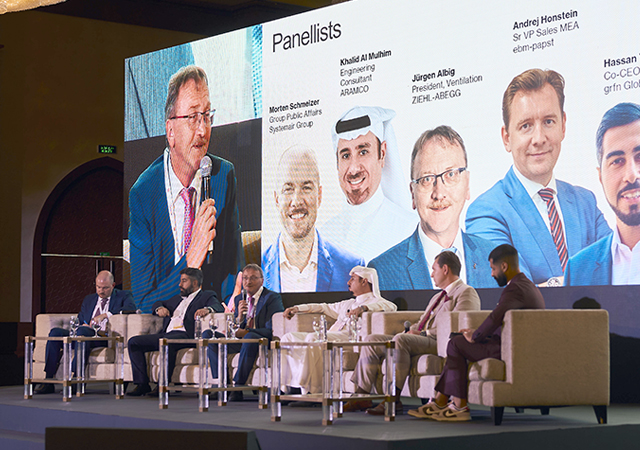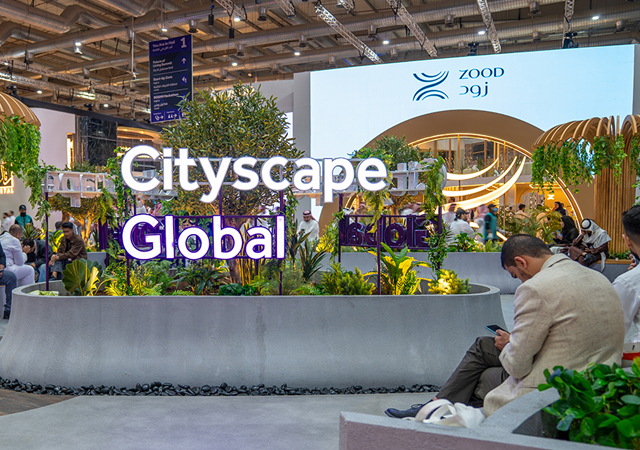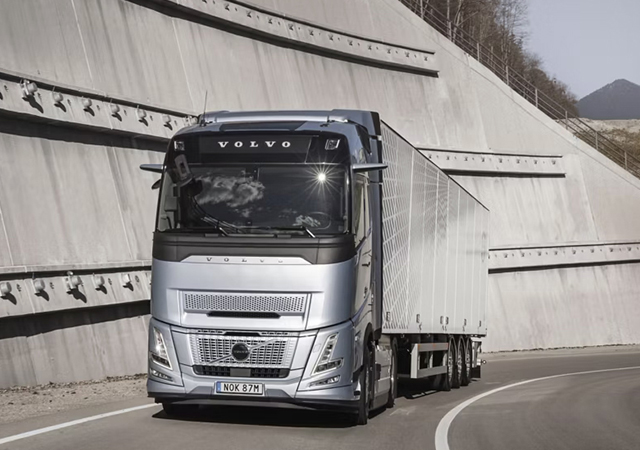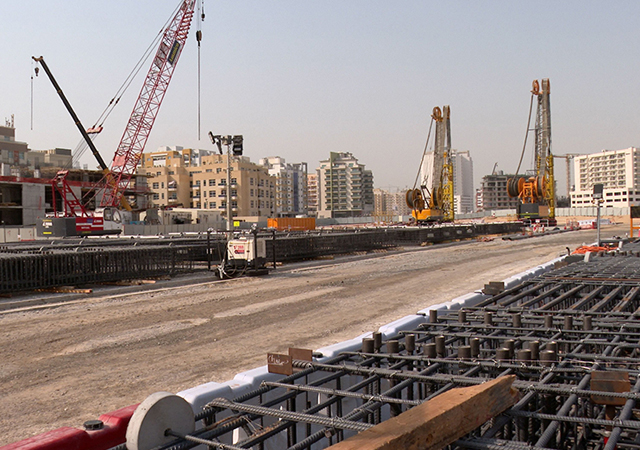

EARTHWORK is now complete on Phase One of the $12-billion Al Wasl, an iconic, integrated urban community, located north of Saudi Arabia’s capital, which will be home to more than 200,000 people.
Currently, a fleet of more than 400 machines are engaged in the final stages of ground levelling and clearance work on the sprawling 1,411-hectare (14.1 million sq m) site to create what will be a modern, self-sustaining collection of communities.
The project, being developed by Limitless — the global master development arm of the UAE-based Dubai World — will comprise homes, offices and hotels set in vast parklands, reflecting and complementing the natural environment of the nearby Wadi Hanifa, a unique geographical feature in the dry central highlands of Saudi Arabia, which extends 120 km from north to south, running alongside and through the city of Riyadh.
To support the community, Al Wasl will also have schools, a university, a hospital, a sports stadium and entertainment outlets, which will offer exceptional amenities to the city’s residents.
Each district will have access to King Khalid International Airport and greater Riyadh, and there will be excellent links to other areas within the development.
“Phase One of Al Wasl covers 310 hectares and will include 8,500 homes for 35,000 people, as well as mosques, offices, hotels, retail and education facilities, all connected by a convenient, environment-friendly transport system that will reflect the Limitless philosophy of moving people, not cars,” Abdul Salam Al Jasmi, Limitless’ regional director for GCC and Iran, tells Gulf Construction.
Outlining the scope of works on this massive five-phased development, he says: “Al Wasl, when complete, will have 55,000 homes — a mixture of villas, townhouses and apartments; over 300 hectares of green, open space; 55 mosques; eight shopping complexes; several hotels with conference facilities; top-flight office facilities; state-of-the-art sports amenities; schools and a university; a hospital; and an environment-friendly internal transit system providing convenient links to and from areas within the development. The phased completion is targeted over a period of 12 to 14 years.”
Design concept
Commenting on the concept of Al Wasl, Al Jasmi says: “Al Wasl was conceived and designed to be a complete and sustainable city for 200,000 people. Like all Limitless projects, it strives to be sustainable and distinctive, as well as to embody the best international and local practices and standards.
“Among the strategies employed are low-rise and mid-rise residential neighbourhoods with mixed-use centres and denser urban cores of higher apartment and office buildings, retail centres, restaurants and hotels. Public transit will connect these walkable nodes to allow for a less automobile-dependent lifestyle and a more vibrant public realm.
“A grand mosque will punctuate the centre of the city; and schools, a university, hospital, clinics, and community centres will form the institutional infrastructure. Parks and recreation, including a large sports city and amusement park will provide amenity and entertainment.”
Located to the east of Wadi Hanifa in the northern growth corridor of the capital, Al Wasl will reflect Saudi Arabia’s unique culture, while providing families a contemporary lifestyle with access to various amenities and retail, recreation and entertainment facilities.
At the heart of the development will be a town centre surrounding the central park. Moving outwards into the surrounding districts, the intensity of land usage reduces, revealing village-like districts, each with a centre of its own. In addition to context-appropriate housing, a typical village will include its own amenities of shops, a local mosque, schools and clinics, small plazas and open spaces.
Drawing upon the natural contours of the surrounding countryside, Al Wasl seems to spring from the nearby fertile Wadi Hanifa, following the natural contours of the land. Al Wasl's layout from the streets to the parks to the landscaping is inspired by the wadi. Its agrarian plots, organic watercourses, striking topography, and walled palaces that define the wadi have been stylised and woven into the urban fabric, which includes shaded boulevards and inspiring vistas. The organic contours of the site have been accentuated to emulate existing wadis, and these open spaces complement the formal street structure.
Employment will be located within the urban core and in a light industrial zone along the existing highway. Care will be taken throughout the community to protect the existing wadi and landscape, while utilising sound waste and water management, as well as renewable energy systems where appropriate, says Al Jasmi.
Al Wasl is situated close to Salboukh Road, which provides good access to central Riyadh (27.5 km away) and King Khalid International Airport (20 km to the east). The masterplan for Al Wasl’s pedestrian and vehicle infrastructure also allows for easy movement between districts and villages.
Riyadh’s population is growing by 150,000, or three per cent annually, requiring some 50,000 new homes. Around five million people live in Riyadh today. In 20 years, this figure is expected rise to eight million if the population continues to grow at the current rate, fuelling demand for more housing.
Al Jasmi says that consultants and contractors will be announced for the project in due course. “Our primary focus has been completing earthworks in Phase One. Al Wasl is tailor-made to preserve traditional Saudi Arabian culture while creating a modern, self-sustaining community. The project draws on our key strengths of masterplanning large-scale urban projects and creating sizeable, mixed-use communities. As a global developer, we assess and plan carefully from the start. Every Limitless project is created by a group of world-leading experts who work together every step of the way, from concept to delivery,” he adds.

















.jpg)













 (1).jpg)




























































.jpg)












